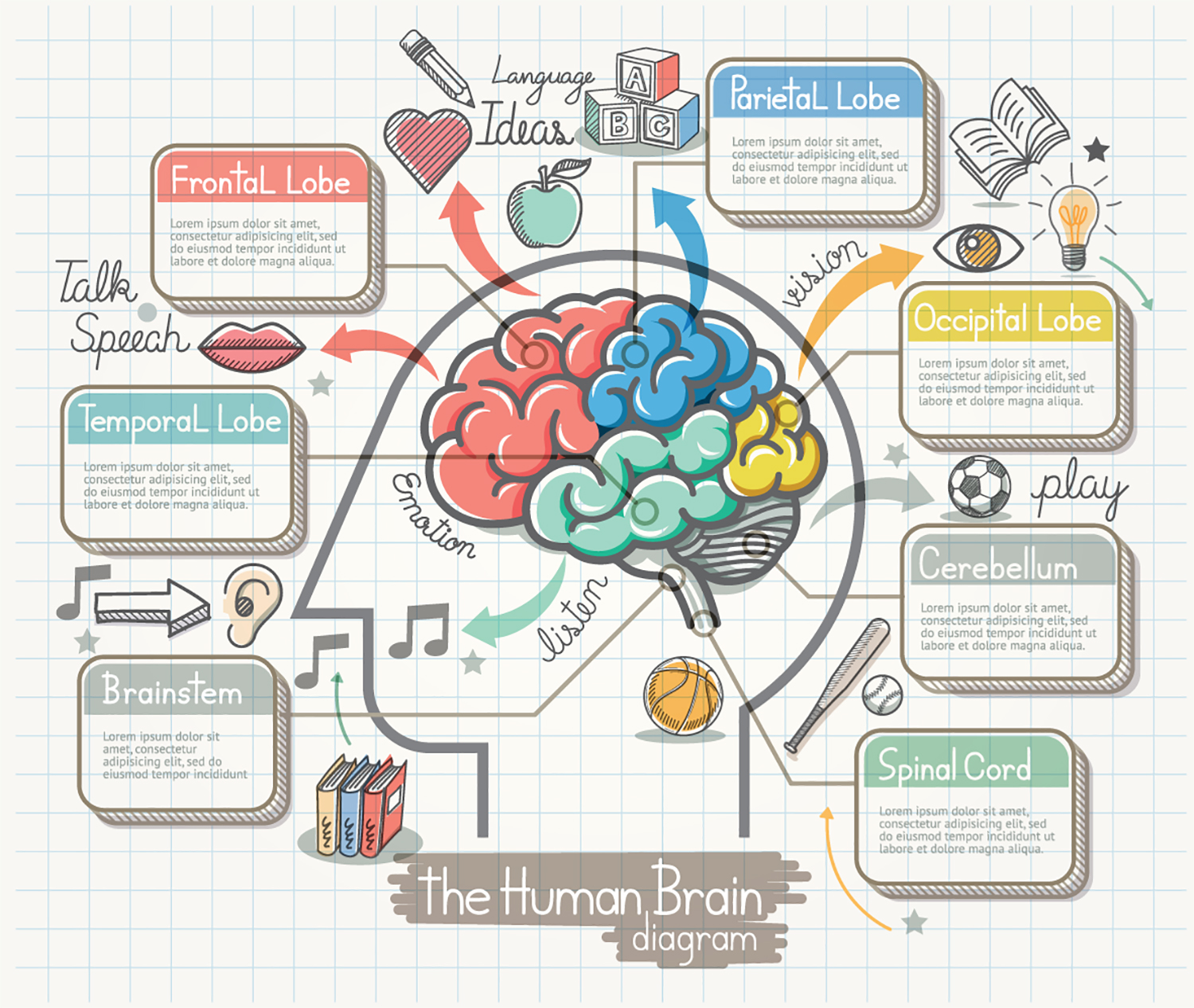One of the most frustrating experiences any hiring manager faces is learning the perfect candidate for a job just didn’t work out. This can cause upheaval in the company, and reflect poorly on the HR Department. With technology playing such a large part in business operations, is there a better way to find the right candidates for your open positions?
Enter pymetrics, a system that uses technology, gamification and neuroscience to assess a candidate’s fit for a position within an organization. Candidates play games to evaluate their strengths. Pymetrics uses this information to recommend careers and even companies where they would be a good fit.
Human resources offices have used personality tests and interest inventories in the past to gauge a candidate’s fitness for a job. Career services offices at higher education institutions use a variety of assessments to help students decide on careers. What makes pymetrics different?
One of the first differences to note is pymetrics is non-directional. It is not a test; there are no right or wrong answers. The system is based on neuroscience research to determine if the traits a candidate has are in line with those necessary to do the job well.
Pymetrics is also free from biases in hiring, including gender, skin color, age or even resume information. It simply uses algorithms to determine the traits a candidate has based on the results of the pymetrics games.
Is pymetrics just another technological fad? The system uses both neuroscience and artificial intelligence. Its founder, Frida Polli, has a Ph.D in neuroscience from Harvard and did postdoctoral work at the Massachusetts Institute of Technology. What prompted her to create pymetrics was her experience earning an MBA where she saw candidate recruitment was still a hit-or-miss proposition. It was also biased in favor of white, male candidates in their 20’s.
If companies like Netflix and Amazon could use technology to gather information and give you personalized choices, why couldn’t something be created to determine the traits of individuals and match them with specific career choices and employers?
How does pymetrics work? First, it is based on solid neuroscience research that includes measuring cognitive and emotional functioning. Instead of asking questions and getting subjective answers, pymetrics uses an objective measuring scale that provides a bias-free profile of a candidate.
What exactly is being measured? Pymetrics games measure 90 particular traits, such as risk-taking, creativity, and flexibility. Games are played by current top employees in different job positions at a selected organization. Algorithms are developed and updated based on this information. When a candidate plays the same games, they can measure how closely the candidate resembles the top performers in the position. No two algorithms are the same for different companies.
Where does this leave recruiters? Pymetrics is a tool recruiters can use and is not designed to replace recruiters completely in the process. The goal is to provide a more objective way to assess candidates’ traits for a job, not just resume credentials. It is also designed to eliminate biases that can skew candidate selection while ignoring or discarding other candidates due to gender, race, or alma mater.
There are critics of the system. Some neuroscientists take issue with the science behind the games and what is really being measured. While AI can provide a good grounding for assessing people, there are those in the hiring arena who believe, in the final analysis, the human touch is still as valid as psychometrics. Candidates, too, have experienced rejection from particular companies based on their pymetrics scores, even if they possess all the relevant credentials to do the job well.
Pymetrics is an exciting new tool in the hiring area, and is especially relevant for Generation Z candidates, where games play an important role. As more companies come on board with pymetrics, the next few years should reveal how effective the process is in hiring the “right” candidates.
Subscribe to Our Newsletter
Join 80,000+ Fellow HR Professionals. Get expert recruiting and training tips straight
to your inbox, and become a better HR manager.


 KnowledgeCity
KnowledgeCity 










